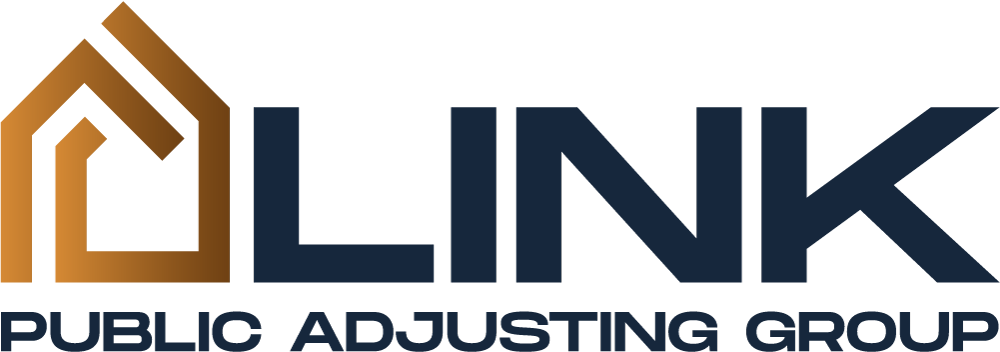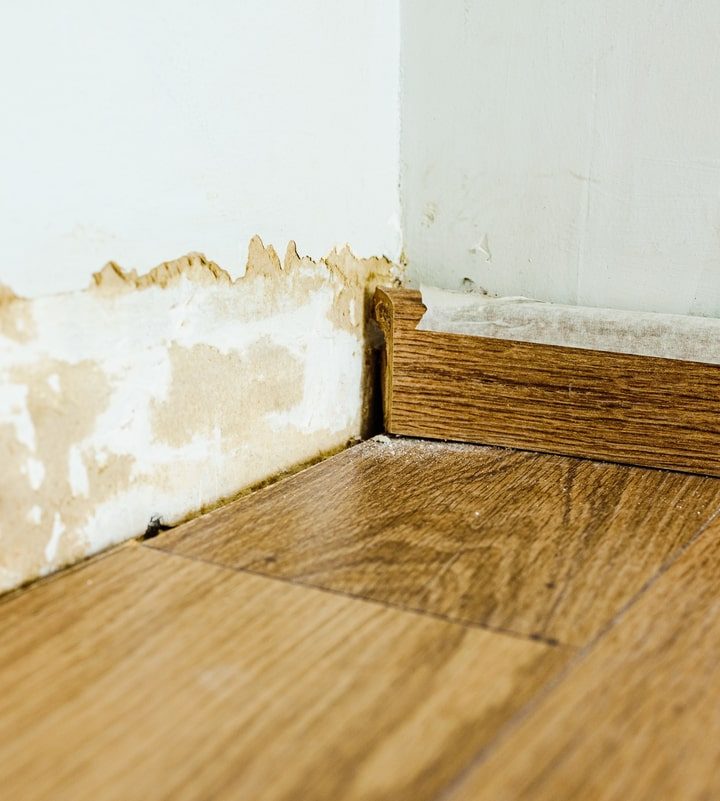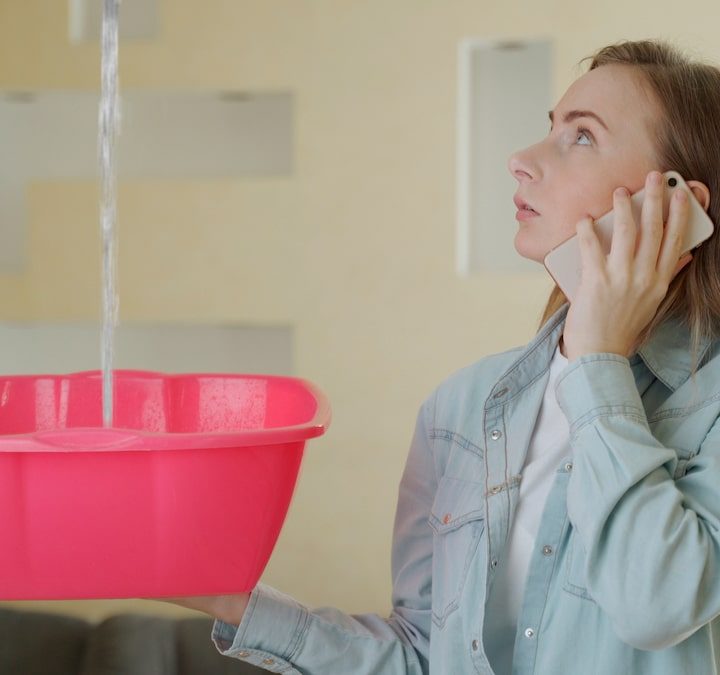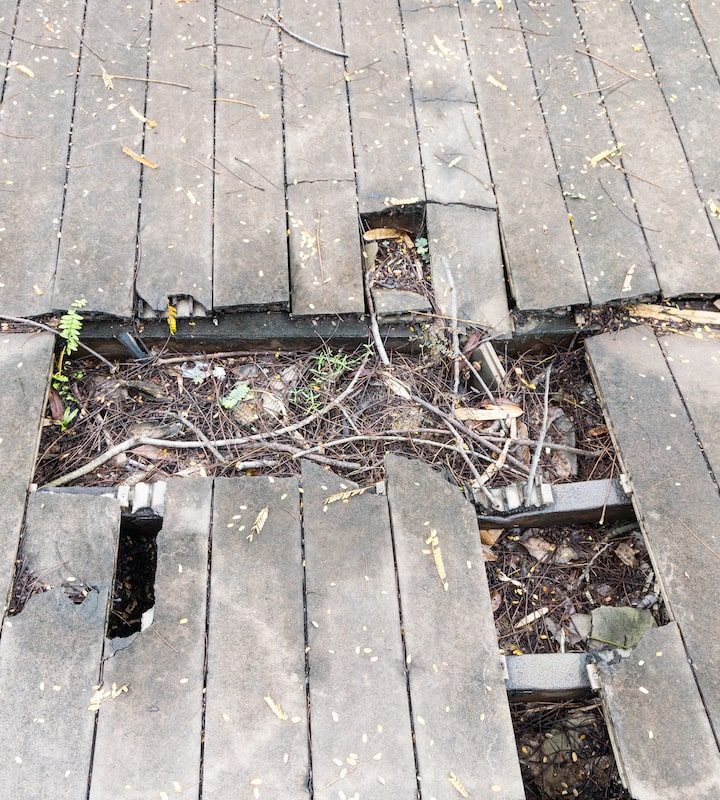Mitigating Water Damage on Walls: Prevention and Repair Strategies

The Ultimate Guide to Water Damage Restoration, Prevention, And Repair
March 18, 2023
Repairing Water Damage On Wood Floors
April 11, 2023Water damage may wreak havoc on your home, especially when it affects your walls or ceilings. From leaks, water stains, and mold growth to serious structural damage, the consequences of water damage can be costly and time-consuming to repair.
You can insure your property with Link Public Adjusters to avoid potential causes of water damage in walls and to have a plan in place to water damages that may occur. In this article, you can explore some effective prevention and repair strategies to help you mitigate water damage on your ceiling or walls and keep your home safe and sound.
Understand What Mitigating Water Damage Means
Water damage is a common problem that homeowners may face. Water damage can also occur due to various reasons such as flooding, leaks in pipes, roof leaks, and more. If left unattended, water damage can cause serious damage to your property and can result in expensive repairs. Therefore, it is important to mitigate water damage as soon as possible to prevent further damage. Water damage on walls refers to any type of damage that occurs when water infiltrates the structural components of a wall or penetrates the interior surfaces of a wall. This type of damage can occur due to various reasons such as flooding, leaks in pipes, roof leaks, and moisture buildup.
Prevention Strategies For Water Damage In Walls And Ceilings
Prevention is key when it comes to mitigating water damage on walls. By taking preventive measures, you can minimize the risk of water damage and potentially save yourself from costly repairs. Here are some prevention strategies to consider:
Identify Potential Sources Of Water Damage:
Regularly inspect your home for potential sources of water damage. Check your home for leaks in pipes, roofs, and appliances. Make sure to address any leaks or damage to your home as soon as possible. Identifying potential sources of water damage is an essential step in preventing water damage on walls. Here are some common signs of water damage to look out for
- Leaking pipes: One of the most common sources of water damage is leaking pipes. Check your plumbing system regularly for any leaks or signs of damage.
- Roof leaks: Roof leaks can cause water to seep through the ceiling and into the walls, causing damage to the interior of the walls. Regularly inspect your roof for any signs of damage or wear and tear.
- Condensation: Condensation can form on walls due to high humidity levels, leading to moisture buildup and potential water damage. Make sure to keep your home properly ventilated and use dehumidifiers in areas with high humidity.
- Appliances: Appliances such as dishwashers, washing machines, and refrigerators can cause water damage if they leak or malfunction. Regularly inspect these appliances and replace any damaged or worn parts.
- Poor drainage: Poor drainage around your home can cause water to seep into the walls and foundation, leading to water damage. Make sure your gutters and downspouts are clear and direct water away from your home’s foundation.
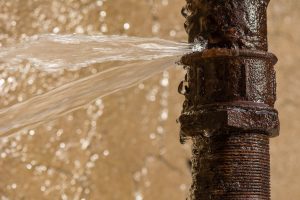
- Regular maintenance of plumbing and appliances: Regular maintenance of your plumbing and appliances can help prevent water damage. Schedule regular inspections and maintenance checks to prevent any leaks or damage. Regular maintenance of plumbing and appliances is an important step in preventing water damage on walls. Here are some maintenance tasks you can perform to keep your plumbing and appliances in good working order:
- Check for hidden water leaks: Regularly inspect your plumbing system for leaks, drips, and other signs of damage. Fix any leaks as soon as possible to prevent water damage.
- Inspect appliances: Check your appliances regularly for signs of wear and tear, such as cracked hoses, loose connections, or rusted pipes. Replace any damaged or worn parts.
- Clean filters: Appliances such as washing machines and dishwashers have filters that can become clogged with debris over time. Clean these filters regularly to ensure proper water flow and prevent backups.
- Insulate pipes: Insulating pipes can help prevent them from freezing and bursting during cold weather, which can cause water damage.
- Flush water heaters: Flushing your water heater annually can help remove sediment buildup and prolong its lifespan. This can also prevent leaks and other issues.
- Check water pressure: High water pressure can put a strain on your plumbing system and increase the risk of leaks and bursts. Use a water pressure gauge to check your home’s water pressure and adjust it as needed.
- Proper installation of moisture barriers: Proper installation of moisture barriers such as waterproof membranes can help prevent water from seeping through walls and ceilings. This is particularly important in areas such as bathrooms and basements where water damage is more likely to occur.
- Adequate ventilation and air circulation: Proper ventilation and air circulation can help prevent water damage by preventing the buildup of moisture in enclosed spaces. Use exhaust fans in bathrooms and kitchens, and open windows to promote airflow. Adequate ventilation and air circulation are important in preventing water damage on walls. Here are some ways to improve ventilation and air circulation in your home
- Maintain HVAC system: Make sure your heating, ventilation, and air conditioning (HVAC) system is properly maintained and functioning efficiently. Change air filters regularly and have the system serviced annually.
Repair Strategies For Water Damage On Walls And Water Leaks
If you do experience water damage on walls, it’s important to act quickly to prevent further damage and minimize repair costs. Here are some repair strategies to consider:
- Identify the source of the water: Before you can start water damage repair, you need to identify and fix the source of the water. This may involve repairing a leaky pipe, replacing a faulty appliance, or sealing gaps around windows and doors.
- Remove damaged materials: Remove any damaged drywall, insulation, or other materials that are beyond repair. Be sure to wear protective gear, such as gloves and a mask, to avoid exposure to mold or other contaminants. When water damage occurs on walls, it’s often necessary to remove damaged materials to prevent the growth of mold and further damage to the structure of the building. Here are some steps to follow for the safe removal of damaged materials:
- Before starting any water damage restoration, turn off the electricity to the affected area to avoid electrical shock.
- Wear gloves, a mask, and eye protection to protect yourself from exposure to mold or other contaminants.
- Use a wet/dry vacuum to remove standing water from the affected area.
- Carefully remove any damaged drywall, insulation, baseboards, or other materials that are beyond repair. Use a utility knife or saw to cut out the damaged sections. Be sure to dispose of the materials properly according to local regulations.
3 Repair or replace damaged materials: Once the water-damaged materials have been removed, it’s time to repair or replace any damaged components. Check the framing behind the damaged materials for any signs of rot or other structural damage. If any damage is found, it will need to be repaired before proceeding with the rest of the repairs. If the insulation was damaged or removed during the water damage mitigation process, replace it with new insulation.
4 Application of mold prevention solutions: One of the biggest concerns when dealing with water damage on walls is the potential for mold growth. To prevent mold growth, it’s important to apply mold prevention solutions to the affected area. Here are some common mold prevention solutions:
- Antimicrobial sprays: Antimicrobial sprays are designed to kill mold and other microbes on surfaces. They can be applied to the affected area to prevent mold growth.
- Mold-resistant paint: Mold-resistant paint contains special additives that prevent mold growth. It can be applied to walls and other surfaces to prevent mold growth.
- Moisture barriers: Moisture barriers can be installed behind the walls and in other areas to prevent moisture from penetrating the walls and causing mold growth.
Dealing with water damage on walls can be a complex and challenging task, and in some cases, it may be best to seek professional assistance. Professionals have the expertise and experience necessary to assess the damage, develop a mitigation plan, and perform the necessary repairs. They understand the complexities of leaks or water damage and can help ensure that your home is properly restored with the right insurance claims.
Professional water damage specialists have access to specialized equipment, such as dehumidifiers, air movers, and moisture meters, that can help detect and remove moisture from the affected area. This equipment can be expensive to rent or purchase, and professionals have the knowledge and expertise to use it effectively. If your home has been damaged by water, you may be eligible for insurance coverage. Professionals can work with your insurance company to help ensure that your claim is properly processed and that you receive the coverage you’re entitled to.
